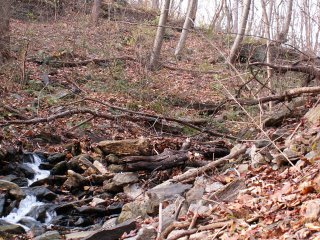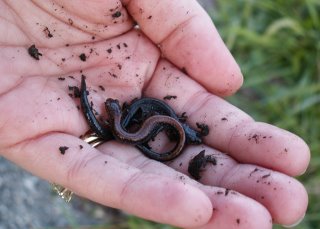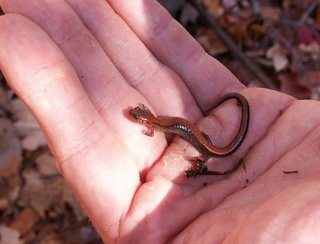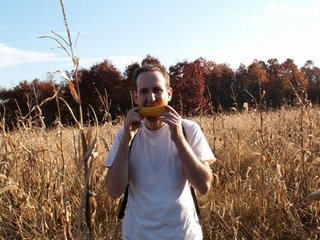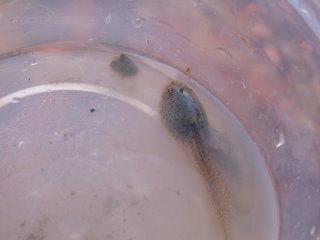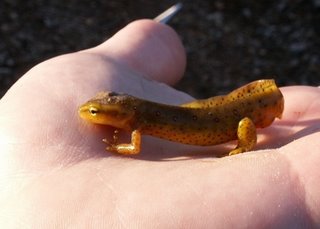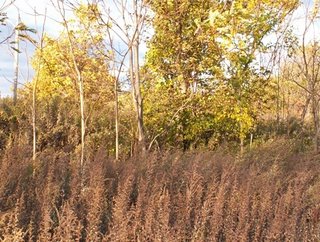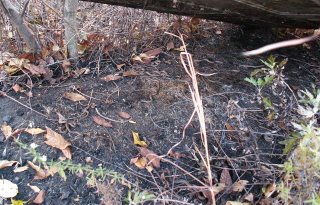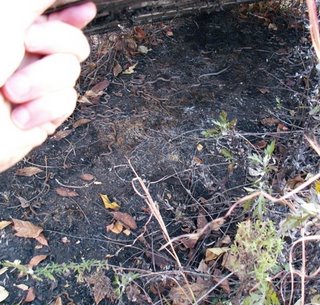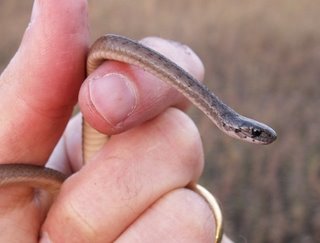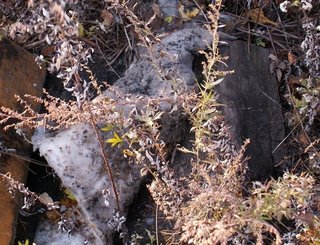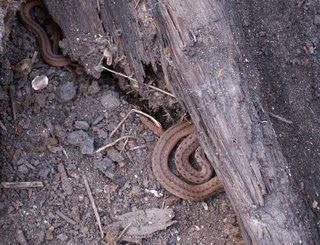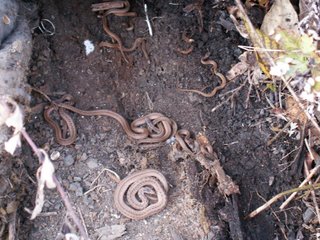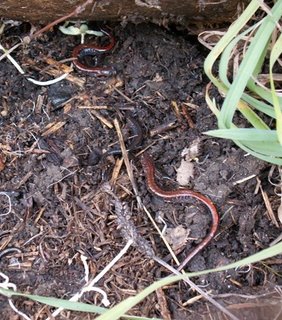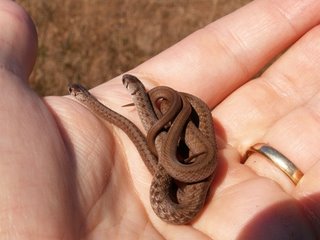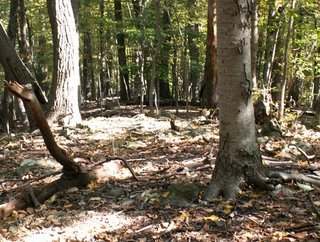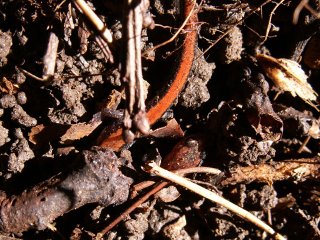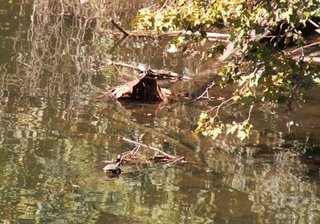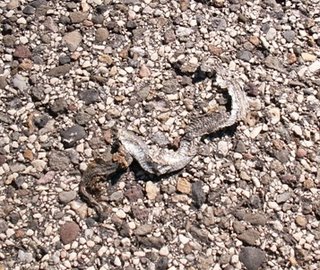They might be flipping kingsnakes in Florida, and rightly so, but this isn’t Florida. Here in Philadelphia at the end of November we’re supposed to be staring out the window and pining away for the herping of spring.
Since there’s not much to find, Jen and I have been going out on hikes and nice walks out in the woods, the kind of trips that are supposed to be more about exercise and enjoying the landscape than about finding critters. These are the kinds of trips we take when we’ve given up hope, otherwise I’d be up a mountain somewhere upstate, deep in the Barrens, or poking around for milksnakes in Roxborough.
Today (Sunday the 26th, temps in the mid 50s and cloudy) we took a drive up to the Schuylkill Environmental Center (
http://www.schuylkillcenter.org/). The landscape is basic Piedmont woodlands, but they’ve got some ponds that are chock full of frogs, and it’s a nice change of pace from the Wissahickon Valley.
I had been expecting to find redbacks (
Plethodon cinereus) in the woods and maybe some two-line or long-tail salamanders (
Eurycea bislineata and
E. longicaudia) in the streams, but we didn’t see any salamanders at all.
We stopped at three ponds on our walk. Two were almost hopping with tadpoles, which I assume will be hibernating in the water and metamorphosing next year. This wasn’t all that surprising or exciting. I like tadpoles, don’t get me wrong, but I figure they’ll be swimming around as long as the ponds aren’t frozen solid.

Here’s Jen catching tadpoles.

I did smile at the green frog (
Rana clamitans melanota) Jen spotted. At “Cattail Pond” last summer we had a great time watching big male green frogs, who were flashing their bright yellow throats - breeding colors, call to each other and occasionally interrupt their concerts to leap up and catch mating dragonflies.
These guys were sitting placidly in the shallows, drab and cold, just trying to catch what little sun could squeeze through the clouds.

What amazed me was the garter snake (
Thamnophis s. sirtalis) Jen spotted in the water. It was stretched out at the surface right near Jen’s perch on an observation platform. I yelled “grab it!” but it dove before she could get her hand on it.
What was that garter snake doing in the pond in this weather? I’m sure it hunts tadpoles and frogs there all spring and summer, but even if it nabbed something, how could it digest it at 57 degrees? I’ve seen plenty of accounts of garter snakes basking near den sites, so maybe it planned on hibernating in a burrow right near there.
We walked around the shore a little more, looking for more frogs and speculating about where the garter snake might have gotten to. We had given up on the snake and were putting away the camera when Jen shouted again.
I have no idea how she spotted it (this kind of thing makes me wonder how much I don’t see when she’s not with me), but the garter snake was right there, a few feet away from where it had been before. It was peeking up from its hiding spot in the leaves at the bottom of the pond. Can you spot it in this picture?
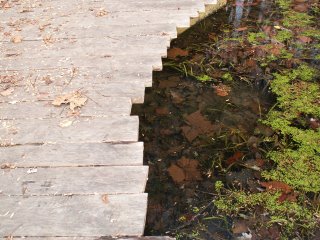
Here are two zoomed-in shots.
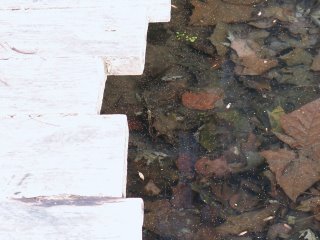

I managed to catch it this time, but I took a moment before grabbing it to relish the view of it elegantly stretching up towards the surface and flicking out that scarlet and black-tipped tongue under the water.
It seemed a little uncoordinated and spaced-out. I figure it was just cold, but it also looked a little thin to make it through the winter. I hope nothing was wrong with it. We let it go back where we found it after I had gotten a few pictures of it (including the classic bite-the-camera shot) and it had thoroughly smeared me with musk.


So, at what point should we give up on finding snakes? Maybe it’s not worth looking when there’s a lot of snow and ice on the ground, but as long as we get these days in the 50s, I think we should be out there looking, no matter what the month on the calendar.
Totals:
- 100+ tadpoles
- 3 green frogs
- 1 garter snake























